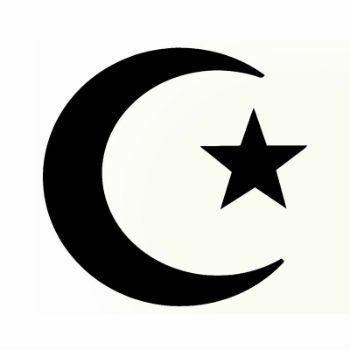Kwanzaa is a cultural and religious celebration typical of African American culture, celebrated between days December 26th and January 1st.
The contemporary Kwanzaa party was created in 1966 by Ronald Karenga - leader and founder of the black rights struggle group “Usorganization” – with the aim of bringing black people closer to their African roots.
The aim of Kwanzaa is to promote the true fraternal values of the end-of-the-year festivities, opposing Christmas which, according to Ronald, has become a purely commercial and capitalist date.
In fact, Kwanzaa can be celebrated concurrently with Christmas or Hanukkah (“Christmas of the Jews”), as it has an interreligious nature that values concepts of family and community union.
Learn more about the meaning of Christmas.
The entire festivity of Kwanzaa focuses on the seven main values, also known as Nguzo Saba, created by Karenga.
- Umoja: means the unity of the family, community, peoples, etc;
- Kujichagulia: self-determination;
- Ujima: collectivity and responsibility;
- Ujamaa: cooperative economy and solidarity;
- Nia: purpose, that is, taking care of personal interests and general well-being;
- Kuumba: creativity to improve the community;
- imani: faith and trust;
The word Kwanzaa arose from the phrase in Swahili (one of the most widely spoken Bantu languages in Africa) “Kwanzaa from ya morning”, which means “first fruits of the earth”. That is, Kwazaa can be translated as “first fruits”.
In traditional African culture, the Kwanzaa was a celebration practiced by people across southwestern Africa in appreciation of the harvest.
Kwanzaa Symbols
Kwanzaa celebrations, like Christmas and Hanukkah, are filled with special symbolism.
On the Mkeka – fabric that signifies the historical foundation of African ancestors – it is placed on the table and, on top of it, some items are placed, such as:
- Kinara: seven-branched candelabra;
- Mazao: fruits and plants placed in a bowl;
- Mishumaa Saba: seven candles representing the virtues of Kwanzaa (one black, three red and three green);
- Muhindi: corn cobs;
- Zawadi: gifts for children;
- Kikombe cha Umoja: a cup, representing the family and community unit.
There is a specific order that must be obeyed in Mishumaa Saba. The black candle (which symbolizes the African people) must be placed in the middle of Kinara and lit on the first day of the festival.
The three red candles must be placed on the left side (symbolizing the struggle of the African people), and the green candles on the right side (representing hope).
Each day one of these candles must be lit, representing one of the seven virtues of Kwanzaa.

